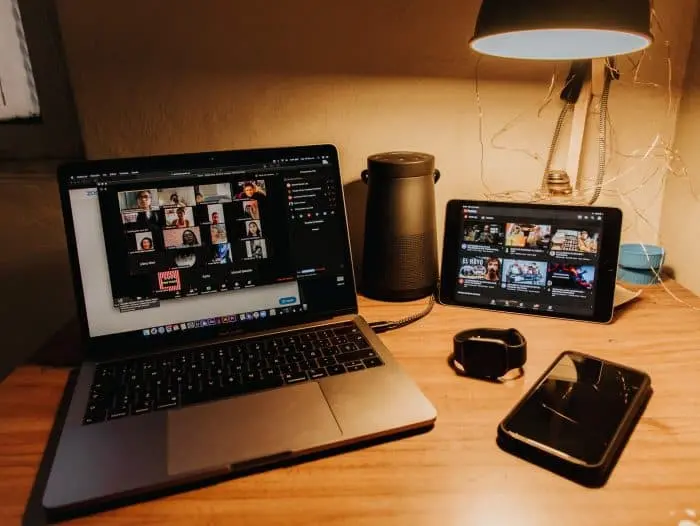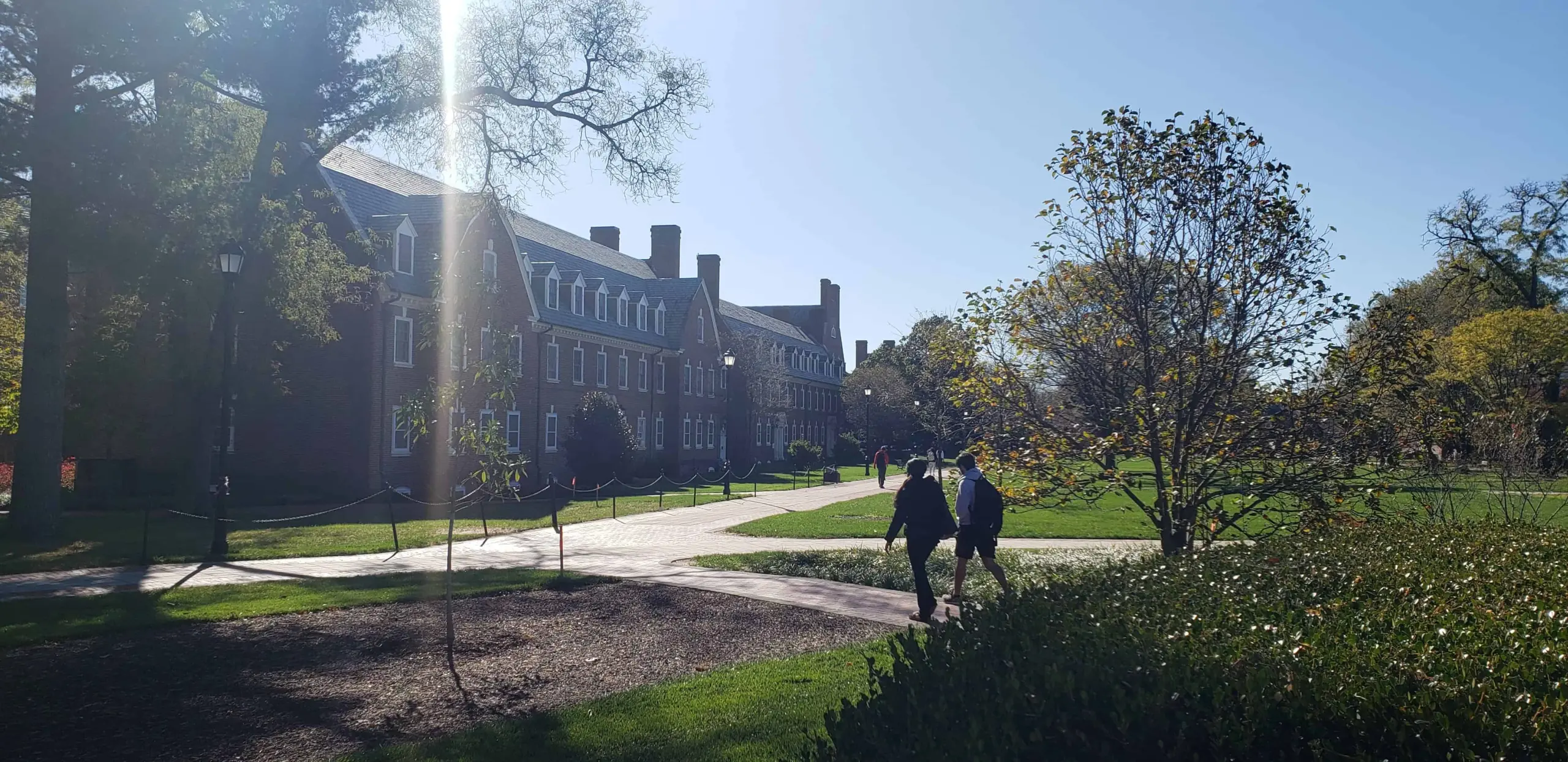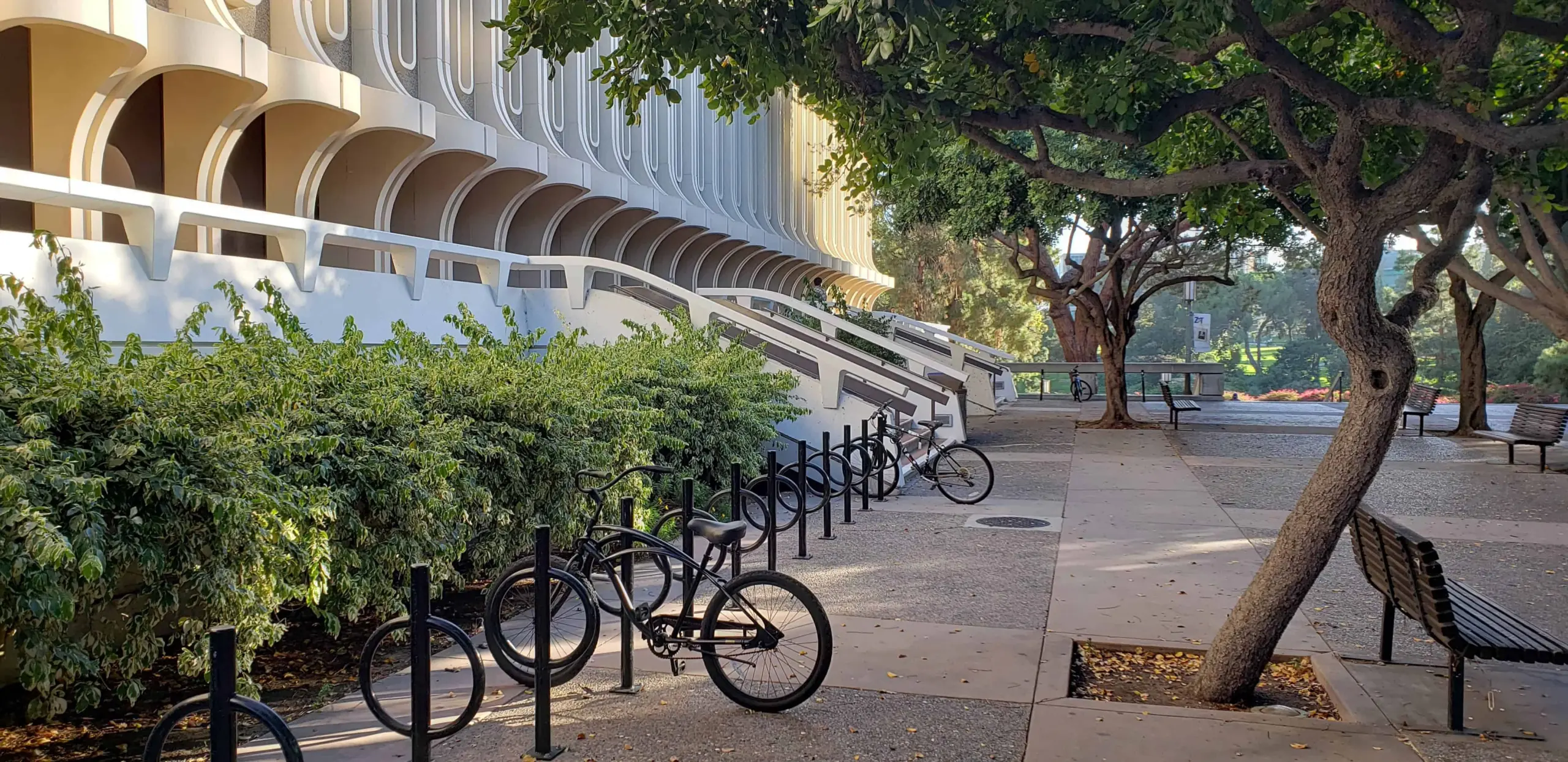This Q&A is part of Local Heroes: Journalists Covering COVID-19, PEN America’s series spotlighting local journalists across the country in celebration of World Press Freedom Day 2020, elevating the importance of a free, vibrant, and inclusive press.
Name: Martha Bayne
Outlet: South Side Weekly
City: Chicago, IL
 What do you consider to be the biggest threats to a free and vibrant press in the midst of this crisis?
What do you consider to be the biggest threats to a free and vibrant press in the midst of this crisis?
Funding, obviously, but also the continued degradation of trust in “the media,” which I fear is going to get worse as the crisis amps up the level of chaos and disinformation. Also, our ability to do on-the-ground reporting has been radically compromised, which is alarming. The South Side of Chicago is huge and diverse, and if we lose the physical connection to our readers and their communities, it can’t help but have consequences in terms of what stories get told and how intimate the storytelling can be. I can’t even quite play out in my mind what this would look like in six months, if we can’t get back out into the spaces we all share. It’s frightening.
Are there any stories or communities that you feel are underreported in regards to the COVID-19 crisis? Similarly, what non COVID-19 stories have you seen shelved or ignored because of the hyper-focus on the current crisis?
Our service area of the South Side of Chicago is historically underreported and misreported in just about every context you can imagine, and this is no different. Now, more than ever, we need to be able to push for more rigorous and nuanced representation of South Side issues—immigration, poverty, policing, economic development, environmental justice, you name it.
“The South Side of Chicago is huge and diverse, and if we lose the physical connection to our readers and their communities, it can’t help but have consequences in terms of what stories get told and how intimate the storytelling can be.”
As many newsrooms turn the bulk of their focus to COVID-19, they will lose the capacity to do much of the vital watchdog, accountability, and solutions journalism they normally do. What is one story you fear will be eclipsed by this shift? Are there any stories you’ve been working on that you’ve had to shelve?
I’m pretty confident that once the dust settles and we have adjusted operationally, we can get back to our core mission: providing nuanced coverage of politics, urban issues, arts, and culture on the South Side of Chicago. We have a lot of longform features and investigative work in process that is all still really relevant; our April 1 issue was supposed to be our Housing issue, with a full suite of stories around housing, land use, and development. Those stories are not going to go away, and with the economic catastrophe that COVID-19 has sparked, will in fact only become more pressing. So, we’re still moving forward with them, just trying to figure out how to think about it all in light of so much uncertainty, and how to best run our coverage on vaguely parallel tracks—on the one hand continuing to provide service journalism around COVID-19, and on the other, pushing ahead with other the longer-form stories. But of course, it’s all related. The other thing that we have lost for the moment, is all the outreach work that we have been putting in place to launch this spring: workshops, roving office hours for editors in community spaces, etc. We’re definitely having to figure out how to reframe “engagement” right now, which is hard. But, we are also really lucky in that we have relatively low overhead and are pretty flexible—or “nimble” I guess is the word—so, like I said, it does not feel hopeless.
What work has South Side Weekly done in the past few weeks that has given you the most hope?
We launched something called South Side Weekly People’s Media in response to the crisis, and the initial response to that has been really heartening. People are sending in audio recordings of what they’re up to, as well as essays, poetry, and visual art. It feels like a good way to practice reciprocity with our readers, by offering up this platform. And, the work has been really good.
“Our service area of the South Side of Chicago is historically underreported and misreported in just about every context you can imagine, and this is no different.”
What can your readers do to support their local journalists, besides subscribing?
Amplify their work and educate others in their communities about how to identify responsible journalism, and better understand it as a public service.
How has COVID-19 changed your reporting and the way your newsroom operates? What do you want your readers to know about what goes into the coverage they’re relying on?
South Side Weekly relies on a broad volunteer base of journalists spread across Chicago’s South Side and beyond. While we are used to working remotely, we do not, under normal circumstances, do breaking news—our focus is on investigative reporting and deep-dive features—so figuring out how to best serve our readers and also respect the limits of our organizational capacity in this rapidly changing and confusing situation was a challenge. A core group of editors, including myself, Senior Editor Olivia Stovicek, and Politics Editor Jim Daley identified a set of areas of focus and communicated them to the rest of the staff and contributors—many of whom are students, and themselves in the middle of a period of drastic upheaval. We decided to prioritize news that would be directly useful to our readership, like explainers on unemployment benefits and renters rights, and an extensive (and ever-growing) resource guide for the South Side. Editor-in-Chief Jackie Serrato focused on building on existing outreach to the Latinx community and Spanish-language speakers, while Managing Director Jason Schumer figured out what this new reality meant for our business and distribution models.
South Side Weekly has always prioritized print publication, with papers distributed in cafés, bars, libraries, and community spaces as a way to reach readers who may not be tapped into our existing social media networks. With the COVID-19 crisis, we have pivoted, rapidly, to a digital-first model and had to revamp our editorial process on the fly. Our fact-checkers, led by Tammy Xu, have borne the brunt of this and have done an incredible job. The fog-of-war challenges of making sense of contradictory information and identifying reliable sources have been significant, especially for a team more used to a weekly or biweekly production schedule.
We produced a limited print-run edition focused on our COVID-19 coverage on April 1, with distribution at public transit stops, grocery stores, and clinics. As we are (obviously) extremely limited in the amount of in-person reporting we can do, our reporters have had to get creative about sourcing by phone and email. We are a paper with a teaching mission at our core, and this has been, to say the least, educational.
About Martha Bayne
Martha Bayne is a managing editor of South Side Weekly, a nonprofit newspaper dedicated to supporting culture and civic engagement on Chicago’s South Side. She is also a senior editor with Belt Publishing, an independent small press based in Cleveland, and teaches in the journalism program at Columbia College Chicago. She is the editor of several books, including Rust Belt Chicago: An Anthology and The Chicago Neighborhood Guidebook, and the author of the narrative cookbook Soup & Bread Cookbook: Building Community One Pot at a Time. Her features and essays have appeared in Belt Magazine, the Chicago Reader, the Chicago Reporter, Puerto Rico’s Center for Investigative Journalism, PRI/The World, Eater, the Baffler, and many other outlets.
Examples of Coverage
- COVID-19 South Side Community Resource Guide, with Olivia Stovicek and Jim Daley. Also published in Spanish.
- Setting the Table: Food pantries scramble to adapt to the COVID-19 crisis and brace for increased need
- South Side Weekly Launches COVID-19 Tracker of Chicago Deaths by Neighborhood











